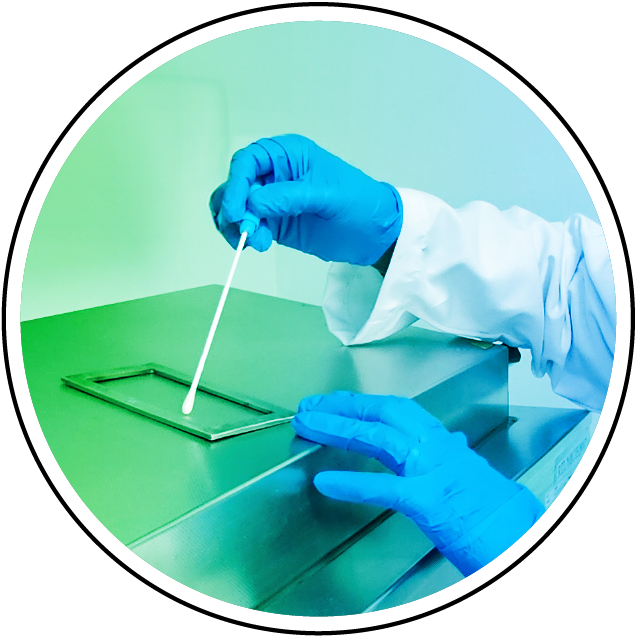
Environmental
Swab Test
residues. This test is crucial for ensuring sanitation, identifying potential contamination sources, and maintaining regulatory compliance. Environmental swab testing helps protect public health by ensuring that environments meet hygiene standards and are free from harmful pathogens or pollutants.
Swab test: Total Bacterial Count, Total Fungal Count and legionella test. Swab test for pathogen can be done as per the customer request.
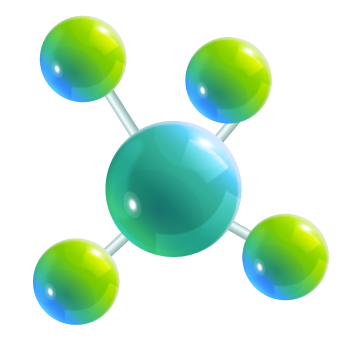
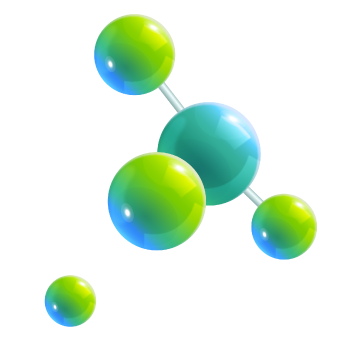

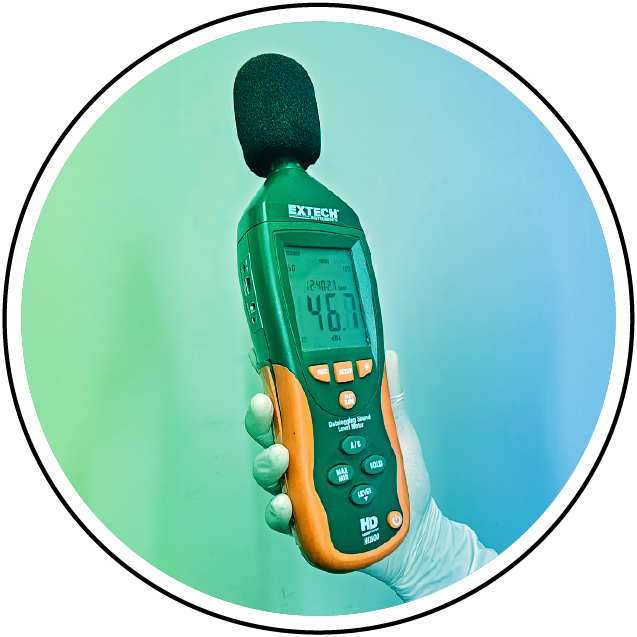
Noise Level
Monitoring
Noise level monitoring involves measuring and analyzing the intensity of sound in various environments to assess its impact on health and compliance with regulations. Using sound level meters and noise dosimeters, this process captures data on noise pollution from sources like industrial operations, traffic, and construction activities. High noise levels can lead to
hearing loss, stress, and reduced quality of life. Noise Monitoring ensures that noise levels remain within acceptable limits set by local regulations and helps identify and mitigate sources of excessive noise. This is crucial for creating healthier living and working conditions and minimizing noise-related disturbances in communities.


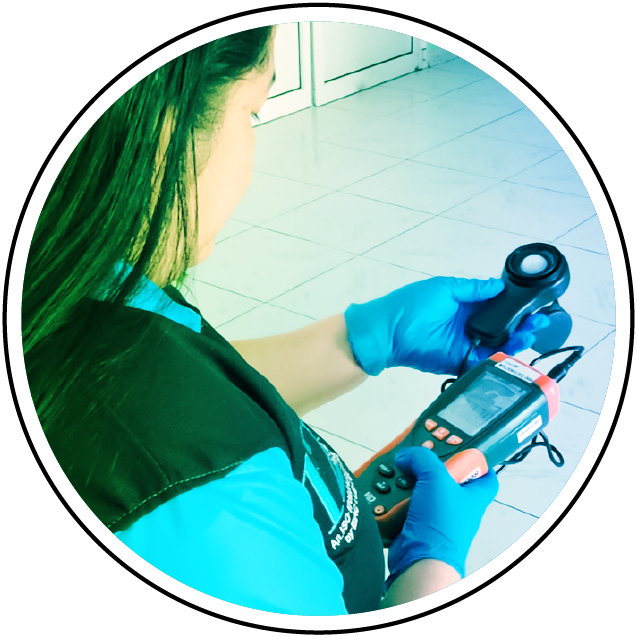
Light Intensity
Monitoring
Light intensity test measures the amount of light source available in the work area. Ensuring it meets specific standards for various applications such as workplace safety, operation theater, Hospital, Educational Institutes, photography and plant growth. Using light meters or photometers this testing evaluates the brightness. Accurate light intensity is essential for maintaining optimal working
conditions, enhancing visibility and ensuring energy efficiency. In workplaces, it helps prevent eye strain and supports productivity. While in agriculture, it aids in optimizing plant growth conditions. Light intensity testing is crucial for creating well-lit environments and improving overall functionality and safety.

